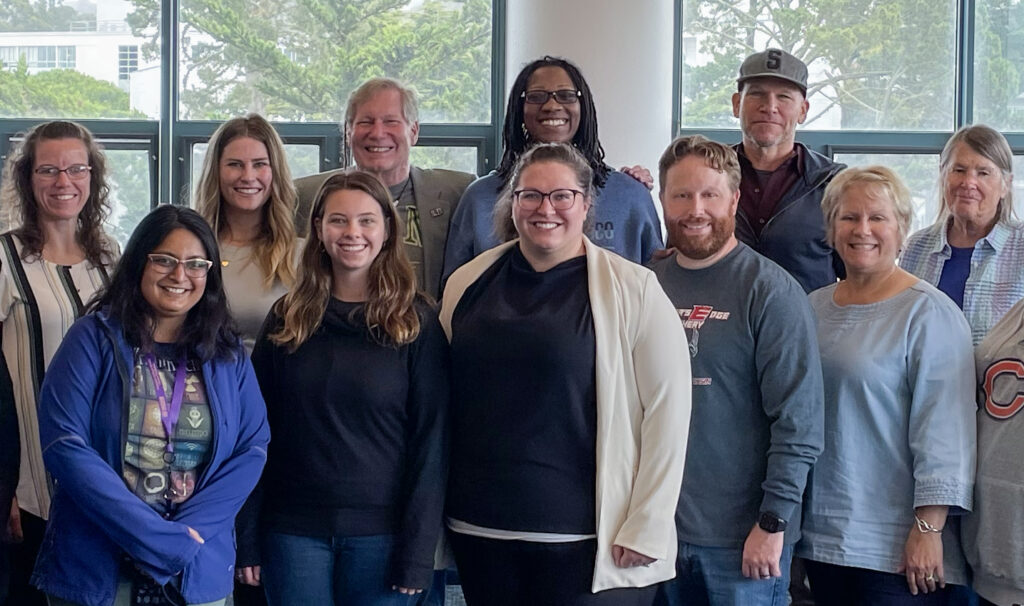April 2024

In 2023, we attended the CPM National Teacher Conference in San Francisco, California. As co-teachers (Amanda is a middle school special education teacher, and Tom is an 8th grade math teacher), we attended a session on co-teaching to learn additional strategies and techniques to bring back to our classroom.
One of the strategies we learned and tried in our classroom was allowing students time on test day to ask each other questions before they begin their test. Students put all their materials, including writing utensils, on the floor. We passed out the tests and gave them one minute to review them individually. (This individual thinking time was an adaptation we made.) During that time, we encouraged them to think of how they would approach the problem and identify any lingering questions. Then the timer was set for three minutes, and students used that time to walk around the room and ask each other questions. The only caveat was that they were not allowed to ask the teachers. Our hope for this strategy was that students could gain confidence, minimize test anxiety, and engage in peer-to-peer collaboration.
In the Beginning
We have now seen many great benefits from using this strategy. However, when we first introduced it, most of the students did not utilize the time as intended. They glanced at the test during the individual review time and then spent the three-minute collaboration time talking with friends. We provided examples of questions they could ask, such as, “How would you start this problem?” or, “What is this problem asking me to do?” When students did not use the given time to discuss the test and mathematical concepts, we did not interject. We simply reminded them that this time could support their mathematical thinking.
Success
More recently, when we gave an individual test, Tom, the 8th grade math teacher, heard one of the students on Amanda’s caseload ask some great questions. Historically, this student has not liked math class and had math goals in his Individualized Education Plan (IEP) to support his skill development. During 6th and throughout much of 7th grade, he refused to complete many math assignments and much of the in-class work. He rarely showed justification, and if he did complete assignments or in-class work, he wrote the bare minimum.
Now, we have watched him seek out students who understand the math concepts and collaborate with people who are not typically considered his friends. We have observed him pointing to parts of the test and asking specific questions about the problem-solving process. Even better, after he got his questions answered, he could teach a few other students who asked him the same questions he had just asked. His mathematical status increased, and his confidence showed! He sat down to take his test with calm confidence and solved every problem with accuracy and robust justification.
Although this story follows the journey of one student, we have seen this pattern of success on a more frequent basis with many other students. We are excited to continue using this strategy for years to come.
Also published on: https://imath.us/2024/02/06/test-taking-collaboration-strategy/

Amanda Kadulski and Tom Dagit
trc-tomdagit@cpm.org
trc-amandakadulski@cpm.org
